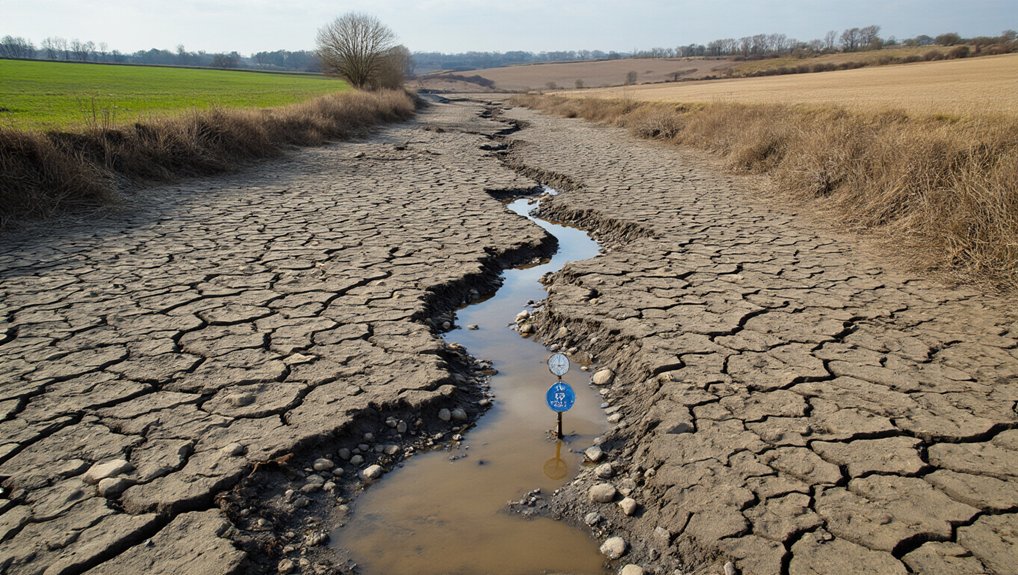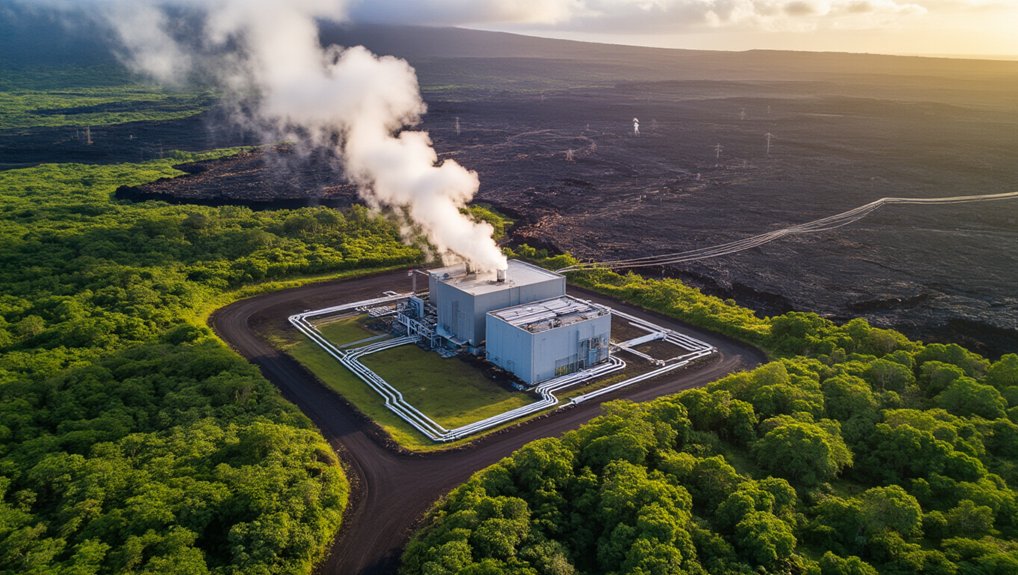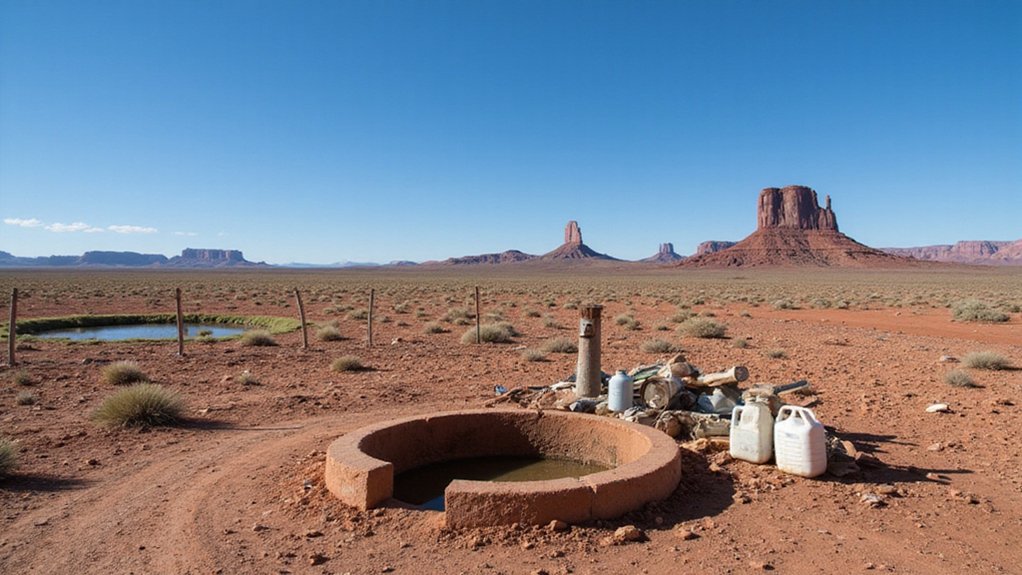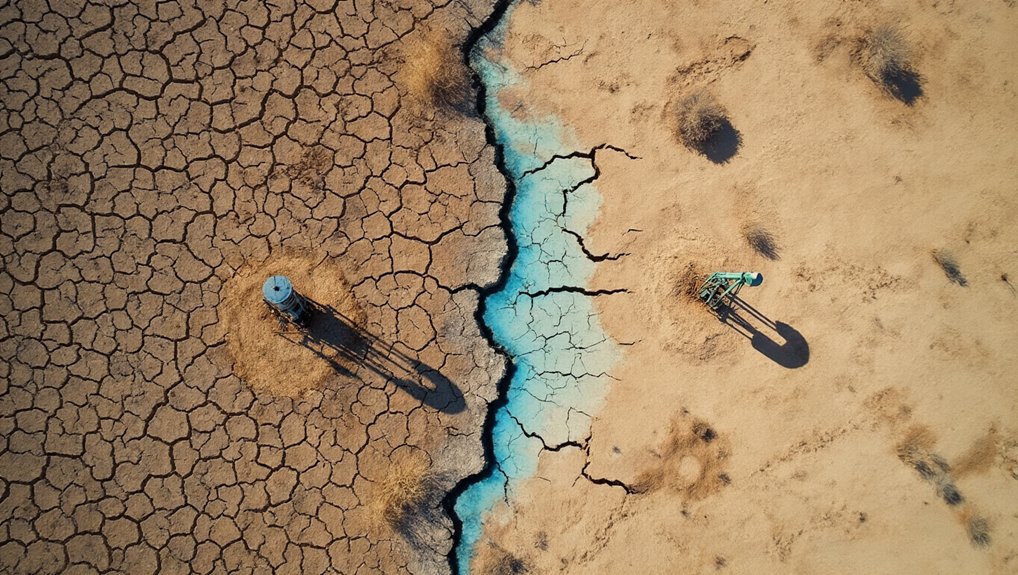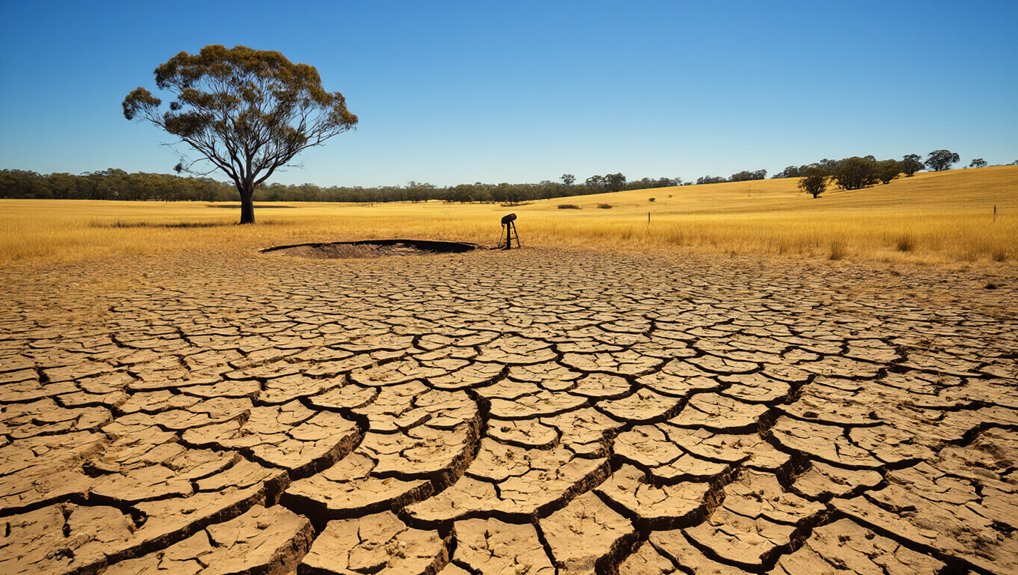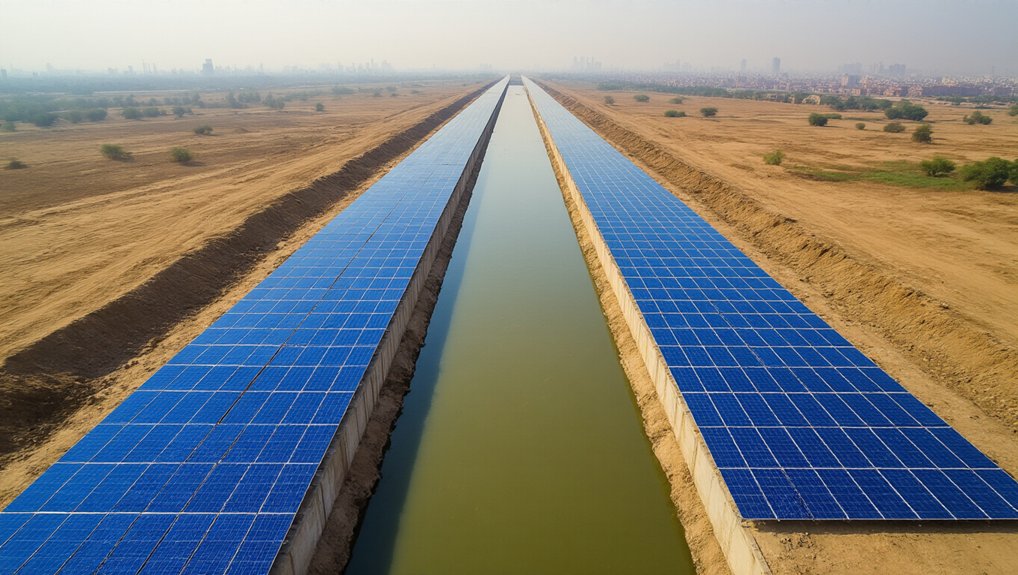While England’s politicians debate water policy, the country’s rivers are literally vanishing. Over 20 rivers across Britain recorded their lowest spring flows ever. Ever. That’s worse than the legendary drought of 1976, when people actually had to share bathwater.
The numbers paint a grim picture. May rainfall hit just 57% of normal. March was even more pathetic—the driest since 1961, with rainfall scraping by at 22-25% of average. Even Seaham, the wettest spot that month, only managed 53% of typical rainfall.
Spring 2025 now holds the dubious honor of being England’s driest in 132 years. Rivers in eastern, southern, and central England are running exceptionally low. Some are basically trickling. Meanwhile, water companies keep pumping at unprecedented rates, because demand doesn’t care about supply. It’s like draining a bathtub while the tap’s barely dripping.
The soil’s bone dry too. Moisture deficits increased everywhere, leaving farmers staring at parched fields. Crops need water. No water means smaller yields, higher prices, and more irrigation demands on already stressed systems. Simple math, brutal reality.
Reservoirs tell the same story. England’s water storage dropped to 77% by May’s end. Yorkshire and northwest England got hit hardest—some reservoirs sit 20-30% below normal. Officials there had no choice but to declare drought conditions.
For England and Wales combined, these are the lowest early summer reservoir levels in three decades minimum. Groundwater’s disappearing too. Half the monitoring sites show below-normal levels after steady seasonal decline. The underground backup plan isn’t much of a backup anymore.
What’s coming? The Met Office says summer could go either way—wet or dry. But they’re betting on hotter than normal temperatures. Without exceptional rainfall soon, the crisis deepens. Three more months of this, and “severe” becomes an understatement.
Fish are suffocating in shallow streams. Wetlands are drying up. Pollutants concentrate in shrinking water volumes. Algal blooms are spreading across stagnant waters, turning them toxic green. Biodiversity takes the hit while politicians take their time. England’s water infrastructure faces its biggest test in generations, and right now, it’s failing.
References
- https://www.gov.uk/government/publications/water-situation-national-monthly-reports-for-england-2025/water-situation-may-2025-summary
- https://assets.publishing.service.gov.uk/media/684bf388df3ce2ce31e3f953/National_Water_Situation_Report_England_May_2025__1_.pdf
- https://www.gov.uk/government/publications/water-situation-national-monthly-reports-for-england-2025/water-situation-march-2025-summary
- https://www.watermagazine.co.uk/2025/06/16/uk-enters-summer-with-low-river-flows-reservoirs-and-groundwater-despite-recent-rain-says-uk-hydrological-summary/
- https://assets.publishing.service.gov.uk/media/67f7a48245705eb1a1513eb7/National_Water_Situation_Report_England_March_2025.pdf
